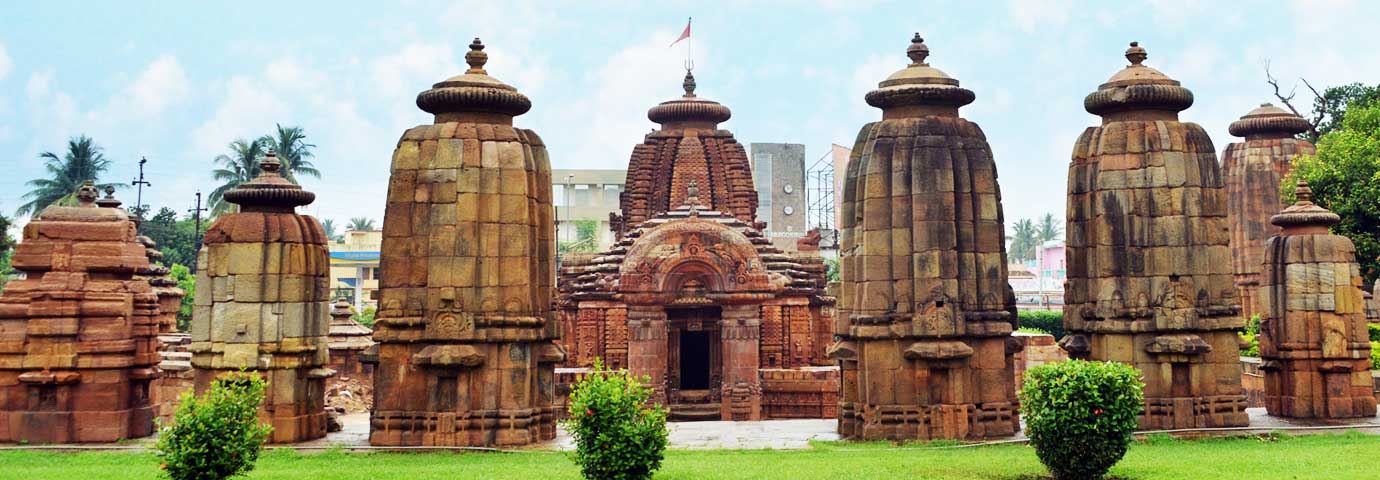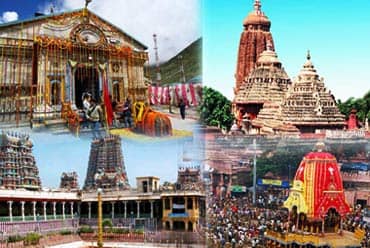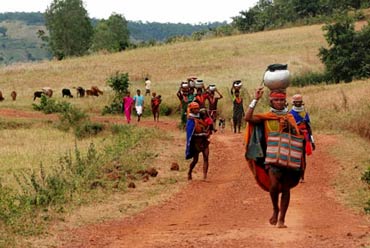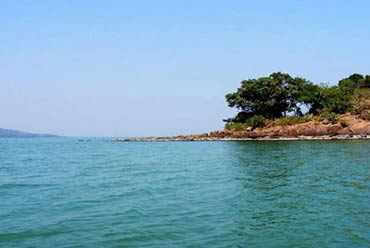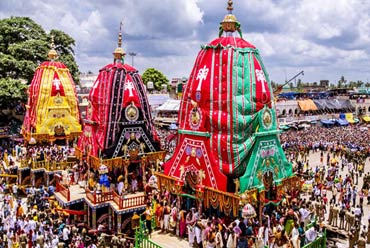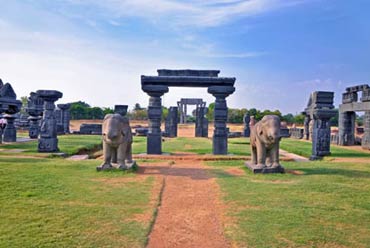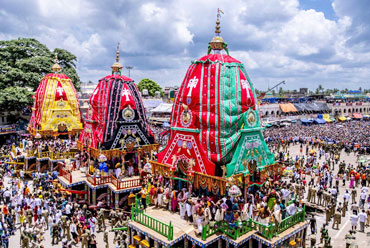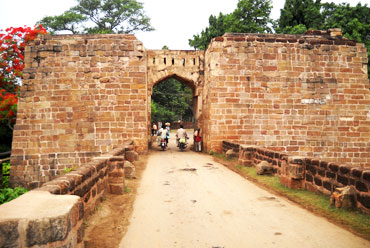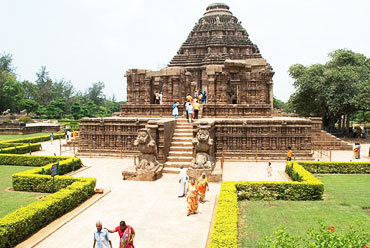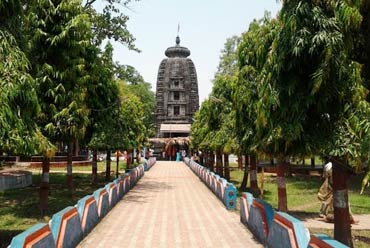Location
The capital of the East Indian state of Orissa, Bhubaneswar extends from latitude 20°15' North to longitude 85°52' East. An important city of the temple triangle of Orissa, Bhubaneshwar has direct air, road, and rail connection with the other major cities of India.
History
Bhubaneswar derives its name from the Sanskrit word Tribhuvaneswara, which stands for Lord Shiva. The area around Bhubaneswar constituted the famed kingdom of Kalinga, which was conquered after a bloody battle by Ashoka, the great Mauryan emperor. Appalled at the carnage, Ashoka renounced violence and embraced Buddhism. Around the 1st century BC, under the rule of Kharvela, Orissa regained its lost glory and Bhubaneswar again became the center of activities. During this period, monastery caves were constructed of which Khandgiri and Udaygiri are the most important. By the 7th century, Hinduism supplemented Jainism, and Ganga and Kesari kingdoms did a lot for the development of Orissan culture. Most of the kings who ruled Orissa constructed beautiful temples. For a better part of its history, Bhubaneswar remained under the influence of Afghans, Marathas, and the British (till 1947).
Against this multi-hued tapestry of history, and the backdrop of the soaring sandstone spires of old Bhubaneswar, a new capital has taken shape. The modern architectural designs and materials of new Bhubaneswar contrast starkly with the old city. Nevertheless, mindful of its unique status, new Bhubaneswar is a calm, progressive city, linking the old and the new most effectively.

